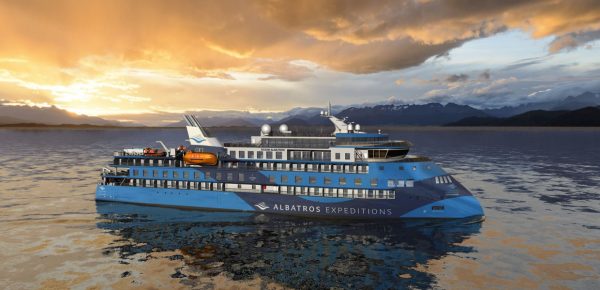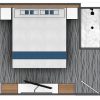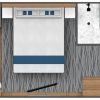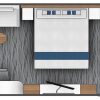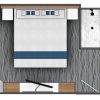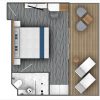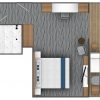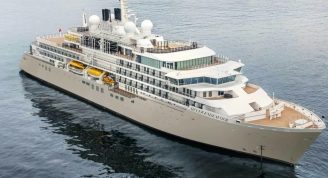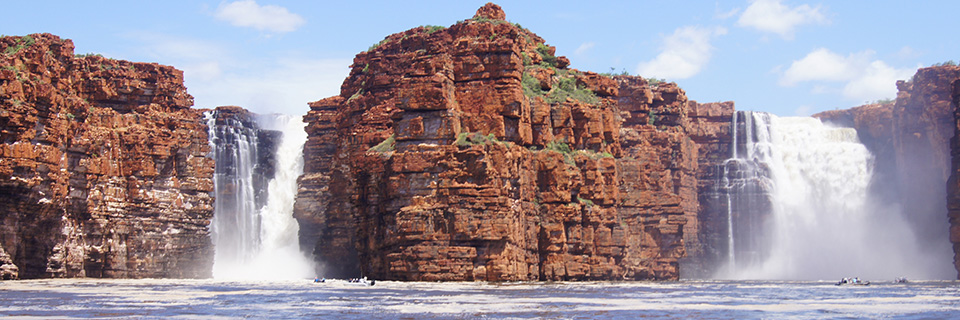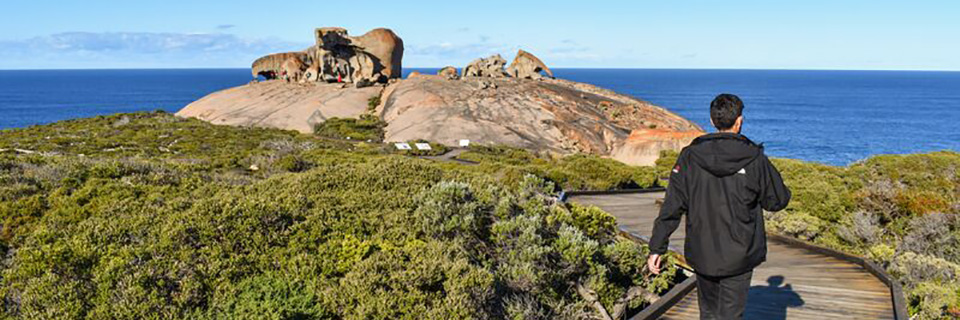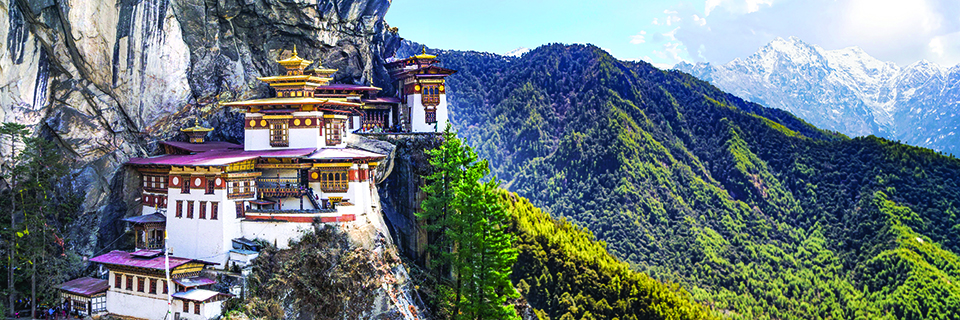Description
Expedition cruise from Greenland to Canada
Albatros Expeditions launches a new and unique voyage which combines the dramatic and wild Arctic Canada around Baffin and Ellesmere Island with the colorful settlements along northwest Greenland. Guests will experience the Arctic where adventurers of the past sought the Northwest Passage and through which the Greenlandic explorer Knud Rasmussen traveled on his longest sledge journey.
The journey begins in West Greenland’s Kangerlussuaq, from where we cruise west to the Inuit land of Nunavut on Baffin Island. Inuit have lived on this coast for millennia, and during our voyage to the north we will visit several small settlements. It was from here that Inuit migrated to Northwest Greenland 1000 years ago and created the basis for the modern Greenlandic population. We will be constantly on the lookout for polar bears, narwhal and the numerous bowhead whales feeding off Baffin’s coasts in September.
From Baffin Island we will steer into Lancaster Sound, the start of the Northwest Passage, and then head back to Greenland. We will visit Qaanaaq, the northernmost town in Greenland and navigate further down the west coast to Upernavik, Uummannaq and Ilulissat before returning to Kangerlussuaq after an expedition voyage that encompasses the wide range of Arctic nature and its fascinating population.


